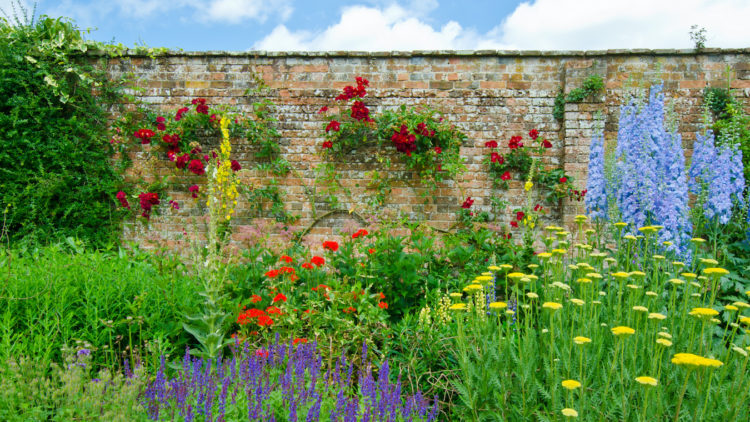
The English country garden is full of wonderful plants with great flavour, cooking with these sounds romantic hey… but this is an area we are exploring with great excitement, as we turn each page a new chapter unfolds.
This is a story of our recent works
There are those of us that love wild food foraging, of which I am one, but I am relatively limited to my mushroom hunting, elderflower for cordial and the odd patch of wild garlic in April time – these excite me as a chef, and I love cooking with them. But with my love of gardening and plants I began to look deeper into the flavour profiles of an English garden and explore the possibilities of working with infusions and simple flavour extractions of plants, flowers and herbs – plants that we all commonly grow ourselves.
Intoxicatingly Tomatoes
A great example of this is how we wanted our turbot dish, with tomatoes, to be bursting with aromatic tomato flavour. Actual tomatoes used in the dish added depth and acidity but not much perfume.
So, we set about cutting the leaves from tomatoes in a greenhouse to capture that greenhouse flavour and baked our turbot with the leaves, wine and some small tomatoes, that had been gently dried with fresh lavender. The cooking liquid that this dish emits allowed us to emulsify a sauce that you simply couldn’t make another way – it is intoxicatingly tomatoes!
Plant leaves bring a whole new level of flavour
And on the simpler end of the spectrum, we infuse cream and milk with fresh fig leaves and use this to make ice creams and chocolate ganache, and even a chocolate tart which I made last week using Islands 85% chocolate.
The leaves of plants can bring a whole new level of flavour, we use peach tree leaves to infuse into a crème brûlée and to make a granita, the sweet gentle marzipan flavour comes from a tiny amount of cyanide that can be found in the kernel of most stone fruits. Not harmful in sensible quantities. And that’s without looking at rose petals!
We have started to harvest our own rose petal essence, actually quite simple. Take the heads from ten or twelve, nice in bloom, open roses that are fragrant, I use tea roses. Place the petals in a shallow pan, place a ramakin in the centre and add just enough cold water to cover. Place a lid on top, inverted so that you can fill this with ice. Place over a low heat for 10 minutes and the condensation inside will drip into the ramakin and produce a totally natural rose water – excellent for meringues and fruit coulis or even into your gin and tonic!
English Botanicals
We use elderflower when in bloom for syrups and vinegars but also allow them to develop and become elderflower capers which can be pickled or left to become elderberries of course.
We find uses for plants such as hibiscus, lavender, peach leaves, fig leaves, rose, nasturtium (which makes great oil) marigold and chamomile and that’s just the beginning.
I may start a farm purely for English botanical plants that can enrich our dishes and our lives, foraging is so last year!
Happy cooking
Adam x
